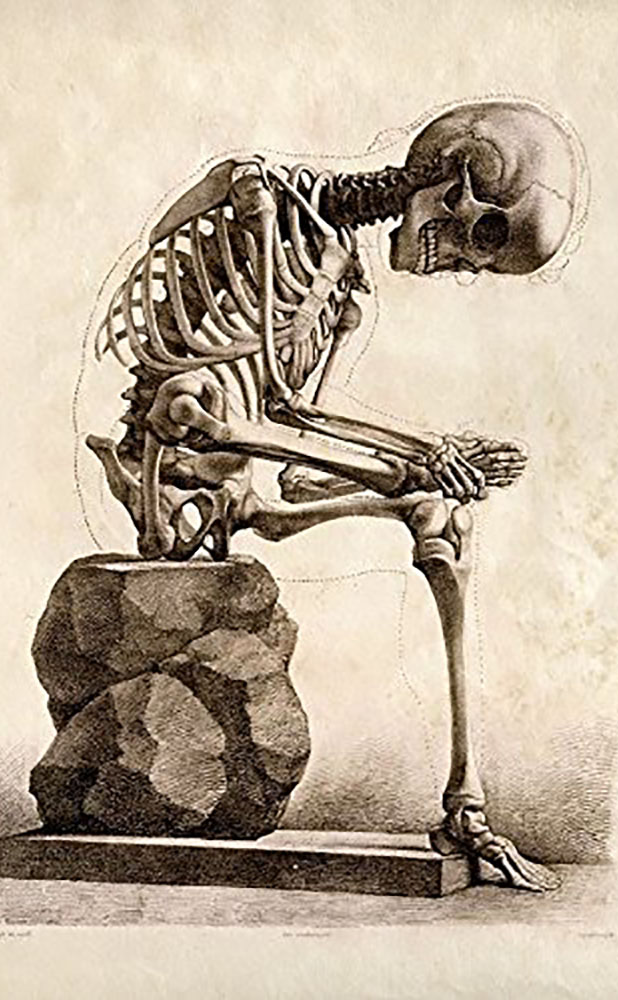Sitting vs. Standing
The debate continues, but the numbers tell the tale.
Large scientific studies associate sitting posture with higher risks for serious diseases: obesity, diabetes, heart disease and cancer. Several studies that describe the health risks from sitting look only at leisure time behavior, or sitting after work, and those results may not apply to a working population.

Do we really need to stand at work to solve the health risks from sitting?
Large scientific studies associate sitting posture with higher risks for serious diseases: obesity, diabetes, heart disease and cancer. Several studies that describe the health risks from sitting look only at leisure time behavior, or sitting after work, and those results may not apply to a working population. Because posture changes how the body manages blood sugar and cholesterol, we need to look more closely at work postures to make better decisions about what is really healthy.
The discussion to stand at work should also include the known health risks from standing. Standing at work can be an expensive solution that does not solve the original problem, and may even cause additional health risks. Research that specifically looked at the effect of sitting time at work on health risk did not find a consistent a consistent association.
Your chair is killing you? Really?
Recent press says that your chair is a killer! One of the larger studies on sitting, done by the American Cancer Society (Patel 2010) followed the health history of 123,000 people over fourteen years, and asked them to report on their sitting and physical activity, not counting work. The health of people at the two extremes for the most and least activity levels, and the amount of time sitting at leisure were compared.
These results suggest that more activity is important, particularly for heart disease, but it was a study of leisure time activity. Most importantly, the study did not measure health risk for sitting time at work.
Posture changes physiology.
Burning more calories to stand up from sitting isn’t the whole reason why standing lowers disease risk. The body does spend more calories to stand and walk than to sit, but the calorie difference to stand rather than sit for two hours every day makes a net difference of less than 100 calories per day. That amount of activity does not entirely explain why health changes so dramatically when bodies become more active.
The problem with sitting is sitting badly.
Long-term research has reported what happens when combinations of sitting and standing solutions are used at work, and there are mixed results. There is very little research to describe basic spine postures at work, or that show the activity of postural muscles during sitting at work. We use a simple measure to show spine posture in the field, and test for strong sitting postures to select chair adjustment.
The ActivSeating™ Method
The ActivSeating® method uses the body’s natural strength and movement to encourage the postural muscles to work more easily and more often. When the postural muscles are engaged, relaxed and slumped postures are minimized and orthopedic problems like cumulative trauma are more easily managed. The musculoskeletal trouble is the primary concern at work in the short term, but long-term physiology is important, too.
It is important to note that the ActivSeating principles meet the body’s physiologic and orthopedic needs, without the added cost or effort to stand at work.
